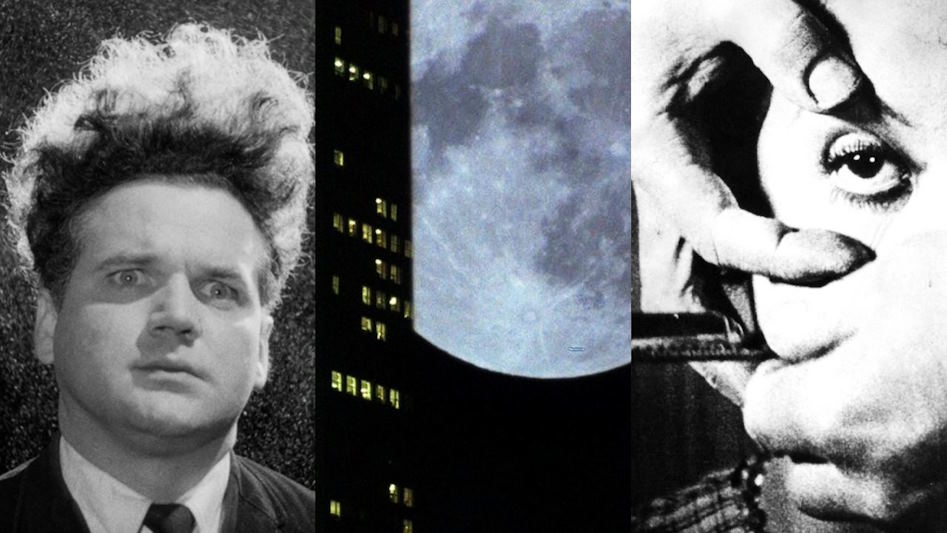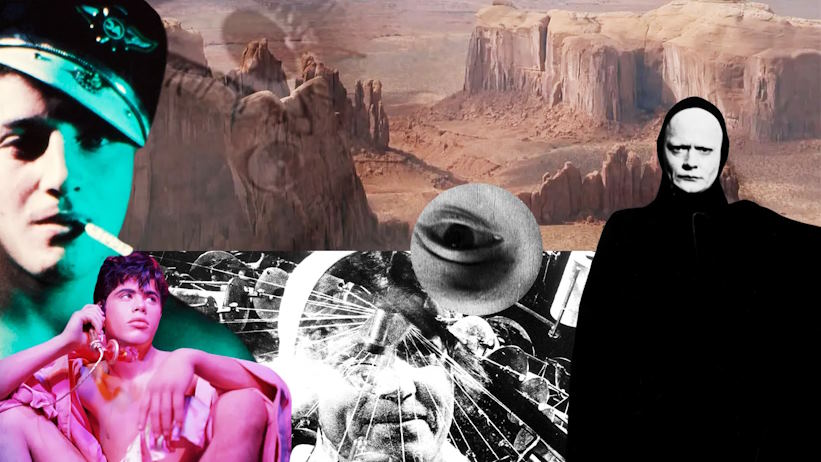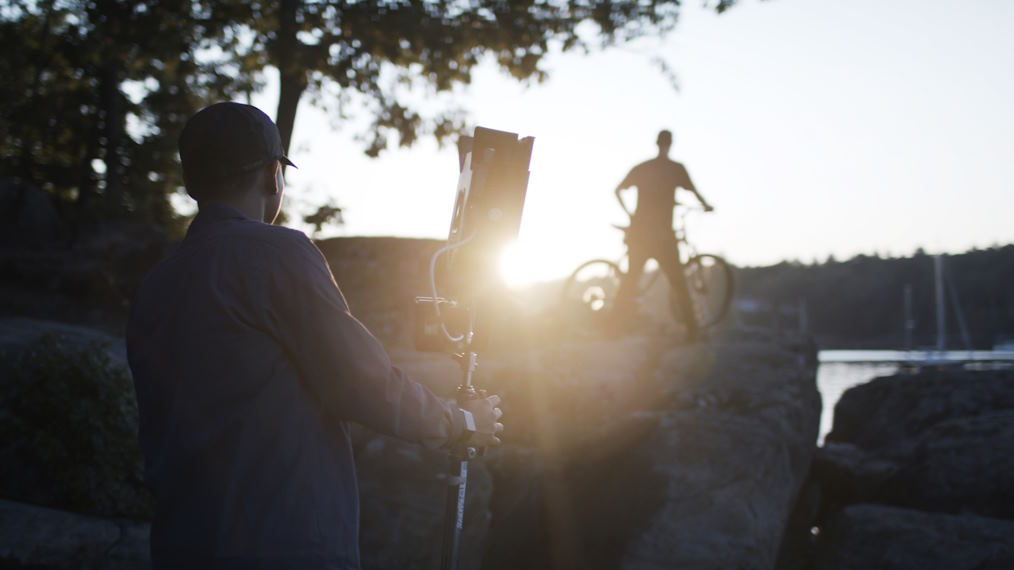Examining Experimental and Avant-Garde Film Movements
Experimental and avant-garde film movements have challenged traditional cinematic conventions, pushing the boundaries of storytelling and visual expression. These movements, characterized by their innovative techniques and unconventional narratives, have had a profound impact on the evolution of cinema and viewer perspectives. This article delves into the evolution of experimental film techniques, innovations in experimental cinematography, and the impact of avant-garde film on viewer perspectives.
The Evolution of Experimental Film Techniques
Early Pioneers and Influences
Experimental filmmaking traces its roots to the early 20th century, influenced by avant-garde art movements like Dadaism and Surrealism.
Key Influences:
- Dadaism: Embraced randomness and absurdity, inspiring experimental filmmakers to break free from narrative constraints.
- Surrealism: Explored the unconscious mind and dream imagery, influencing experimental filmmakers like Luis Buñuel and Salvador Dalí.
Cinematic Innovations
Experimental filmmakers have continually pushed the boundaries of cinematic techniques, exploring new ways to manipulate light, sound, and imagery.
Key Techniques:
- Visual Abstraction: Experimentation with abstract imagery, unconventional framing, and visual distortions.
- Soundscapes: Utilization of non-linear sound design and experimental music to create immersive auditory experiences.
- Montage and Editing: Innovative editing techniques, such as montage and collage, to create juxtapositions and evoke emotional responses.
Innovations in Experimental Cinematography
Expanded Cinema
Expanded cinema emerged in the 1960s as experimental filmmakers sought to break away from the confines of traditional film projection.
Key Features:
- Multi-Screen Installations: Projection across multiple screens to immerse viewers in a multisensory experience.
- Live Performance: Integration of live performance elements, including improvisational music and theatrical presentations.
Structuralist and Materialist Film
Structuralist and materialist filmmakers explored the physical properties of film itself, deconstructing the medium to its most basic elements.
Key Concepts:
- Film Materiality: Emphasis on the materiality of film stock, including scratches, dust, and imperfections, as integral components of the cinematic experience.
- Temporal Manipulation: Manipulation of film time and duration to challenge linear narratives and conventional storytelling.
The Impact of Avant-Garde Film on Viewer Perspectives
Challenging Perceptions and Interpretations
Avant-garde film challenges viewers to rethink their understanding of cinema, inviting active participation and interpretation.
Key Impacts:
- Expanded Consciousness: Avant-garde films often elicit introspection and contemplation, encouraging viewers to engage with their own thoughts and emotions.
- Multiple Interpretations: The ambiguity and abstraction of avant-garde cinema allow for diverse interpretations and subjective experiences.
Fostering Visual Literacy
Exposure to experimental and avant-garde films fosters visual literacy and expands viewers’ appreciation for diverse cinematic expressions.
Key Benefits:
- Critical Engagement: Encourages viewers to critically analyze visual and narrative techniques, fostering a deeper understanding of cinematic language.
- Aesthetic Sensibility: Cultivates an appreciation for unconventional aesthetics and non-linear storytelling.
Experimental and avant-garde film movements have played a vital role in expanding the artistic possibilities of cinema and challenging traditional modes of storytelling. From early pioneers experimenting with visual abstraction to contemporary filmmakers pushing the boundaries of technology and narrative structure, these movements continue to inspire and provoke audiences worldwide. By innovating experimental film techniques, exploring new avenues in cinematography, and reshaping viewer perspectives, experimental and avant-garde cinema remains a dynamic force in the evolution of film as an art form. As audiences continue to seek out new experiences and perspectives, the influence of experimental and avant-garde cinema will undoubtedly endure, shaping the future of filmmaking for generations to come.



